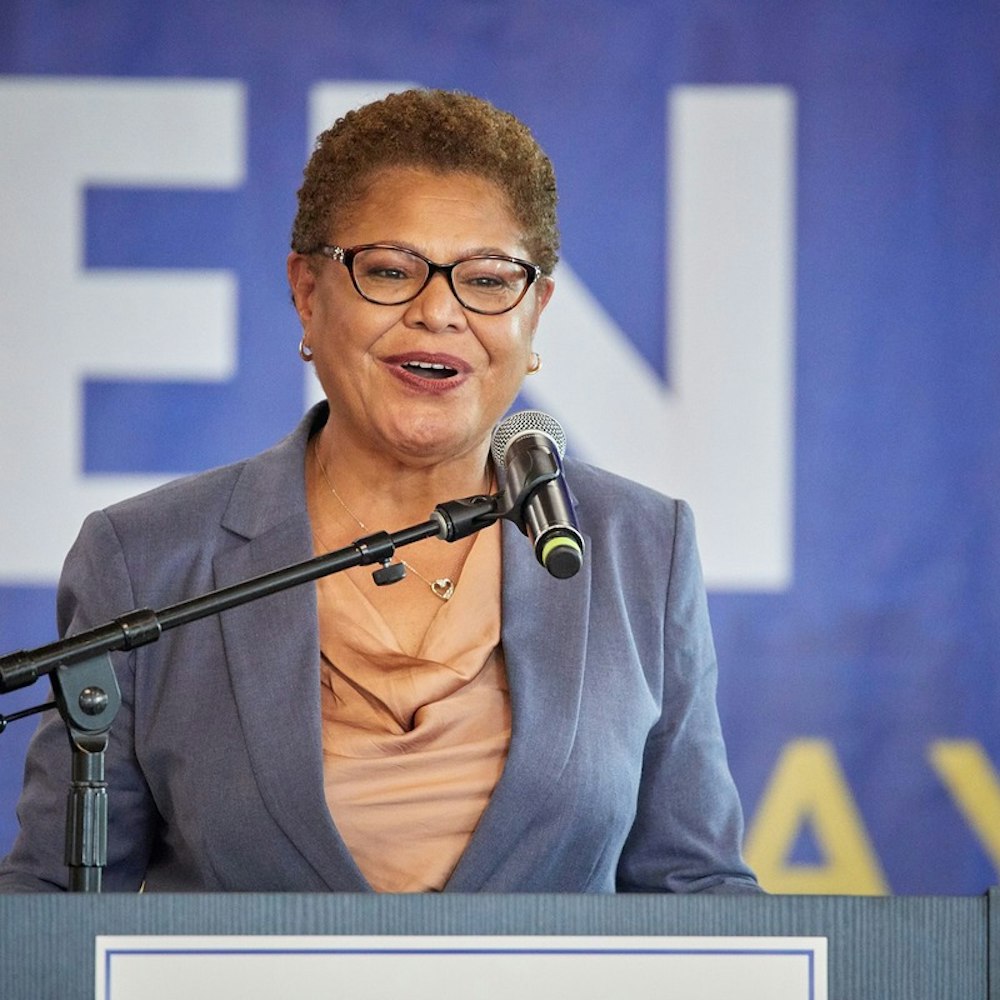
The issue of affordable housing is back on the table with the Home-SF legislation, sponsored by Mayor Ed Lee and District 4 Supervisor Katy Tang.
Aimed at creating housing for families and middle-income workers, the legislation would create a voluntary, opt-in program for developers constructing new buildings in areas of the city where height and density allowances are being underutilized.
To receive the density and height bonuses, the developers would need to include 30 percent on-site affordable housing. 40 percent of those units would have to be two-bedroom or larger to accommodate middle-income families, who traditionally have not been targeted by affordable housing programs.
The legislation would designate a family of four that earns between $60,000 to $150,000 a year as middle-income.

Tang proposed similar legislation last year, and this ordinance is largely unchanged, she said.
The only major changes include stronger provisions to protect small business and commercial tenants on the ground floor of properties that may be targeted by developers hoping to cash in on the Home-SF bonuses.
“We have heard some concerns about small business preservation, but I try to remind people that one, it is a voluntary program, not every developer will be interested, and two, there are no small business protections in existing city planning rules,” Tang said. The state housing density bonus has no specific provisions for small businesses, either, she added.
“We can’t say a developer has to allow a small business or commercial tenant back in to the same space at the same rent after the new building is complete, because state law prohibits commercial rent control,” Tang said.
SF Planning has commissioned extensive studies to determine the potential impact of Home-SF. According to Tang, one study found that the most attractive locations for developers to participate in the program would affect about five businesses per year.
There have been concerns raised about the proposed height bonus, but “we have to have an attractive incentive to go with the 30 percent affordable requirement,” Tang said.
Another concern is that the qualifying income levels for the Home-SF units are too high. However, Tang believes that middle-income residents are being underserved in the current housing crunch.

“This is a program — funded by developers, rather than taxpayers — for the middle-income residents of San Francisco,” Tang said. “98 percent of our city’s dollars go to support poor residents (people at 55 percent annual median income or below), but we currently do nothing to provide for our middle income residents.”
Over the twenty-year program, out of a total 16,000 units, Home-SF is projected to produce 5,000 permanently affordable housing units, Tang said.
Under existing city programs to support low- and moderate-income housing, only about 1,600 permanently affordable units would be built in those same two decades.

According to Tang, another study commissioned by SF Planning found that a height bonus of two additional stories was the “sweet spot.” The same study found that all of the sites eligible to participate in Home-SF are along transit and commercial corridors where lots have not fully utilized height and density limits.
The Home-SF legislation provides all the right incentives for developers to build housing for middle-income workers, said Todd David, executive director of San Francisco Housing Action Coalition, who praised the new legislation's goals to provide new housing for middle-income residents such as teachers, firefighters, emergency medical technicians — and their families — who have been recently priced out of the city.
David cited statistics from the Regional Housing Needs Assessment, which found that in recent years, San Francisco has built 120 percent of the market-rate units needed to accommodate people at that income level, and 65 percent of the units needed to house low-income residents. Yet, the city has only built about 15 percent of the middle-income housing needed.
He told us that because there isn't enough affordable housing, the city’s middle-income population is shrinking.

“It is a really strong, well-written, thoughtful piece of legislation,” he concluded. David also believes that people living in these new developments will be incentivized to to take public transit and shop locally.
This afternoon’s Land Use and Transportation Committee meeting is the last chance to offer public comment on Home-SF, and amendments may still be proposed.
If the proposed ordinance passes the committee today, it is expected to be brought before the full Board of Supervisors at its May 16th meeting.
To offer public comment on this legislation, head over to the Land Use and Transportation Committee meeting at 1:30pm in Room 250 of the Legislative Chamber at City Hall.









